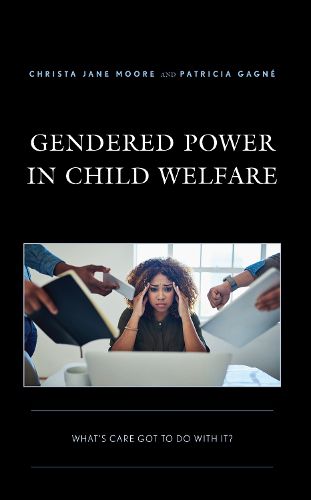Readings Newsletter
Become a Readings Member to make your shopping experience even easier.
Sign in or sign up for free!
You’re not far away from qualifying for FREE standard shipping within Australia
You’ve qualified for FREE standard shipping within Australia
The cart is loading…






In Gendered Power in Child Welfare: What's Care Got to Do with It?, Christa Jane Moore and Patricia Gagne argue that the child welfare system in Kentucky and other states is based on masculine values that were institutionalized long before women had the right to vote, hold public office, or have a voice in public law and policy. The authors draw on feminist and organizational theories and base their arguments on primary qualitative data and secondary statistics to demonstrate that, historically and today, the efforts of care workers in the child welfare system are stymied by a highly bureaucratic child welfare system that demands focus on metric outcomes. Throughout the work the authors argue for reforms-more feminized orientations that hearken back to the earliest extensions of community-centered care for those most vulnerable, especially children with protective needs.
$9.00 standard shipping within Australia
FREE standard shipping within Australia for orders over $100.00
Express & International shipping calculated at checkout
In Gendered Power in Child Welfare: What's Care Got to Do with It?, Christa Jane Moore and Patricia Gagne argue that the child welfare system in Kentucky and other states is based on masculine values that were institutionalized long before women had the right to vote, hold public office, or have a voice in public law and policy. The authors draw on feminist and organizational theories and base their arguments on primary qualitative data and secondary statistics to demonstrate that, historically and today, the efforts of care workers in the child welfare system are stymied by a highly bureaucratic child welfare system that demands focus on metric outcomes. Throughout the work the authors argue for reforms-more feminized orientations that hearken back to the earliest extensions of community-centered care for those most vulnerable, especially children with protective needs.